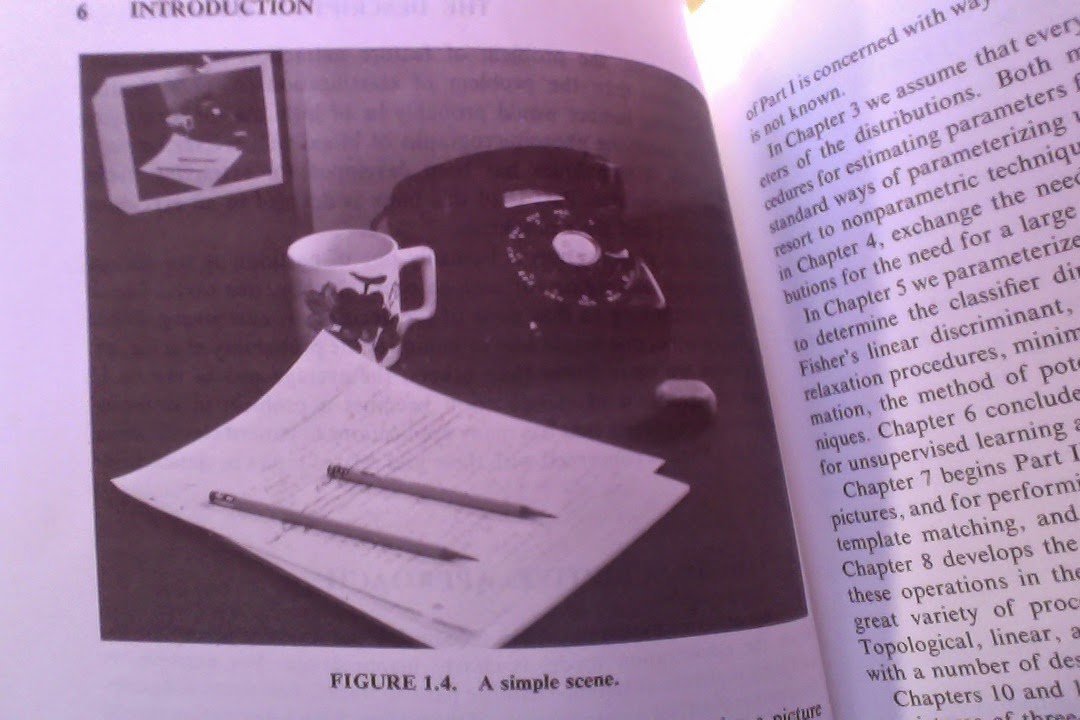Interestingly, their rejection of minimax approaches to decision theory is rather casual, relative to how toxic the debate actually was:
In fact, the Bayesian approach is avoided by many statisticians, partly because there are problems for which a decision is made only once (so that average loss is not meaningful), and partly because there may be no reasonable way to determine the a priori probabilities. Neither of these difficulties seems to present a serious problem in typical pattern recognition applications, and for simplicity we have taken a strictly Bayesian approach. (p. 36)Compare this to David Blackwell's compact statement of intent in Basic Statistics (1969):
This book indicates the content of a lower-division basic statistics course I have taught several times at Berkeley. […] The approach is intuitive, informal, concrete, decision-theoretic, and Bayesian. (p. v)Duda and Hart also provide a number of quite interesting references:
The text by Nilsson (1965) provides an exceptionally clear treatment of classification procedures. (p. 8)
There are many interesting subject areas that are related to this book but beyond its scope. […] Those interested in philosophical issues will find the books by Watanabe (1969) and Bongard (1970) thought provoking. (p. 8)
We are also fond of the the text by Ferguson (1967), who presents many topics in statistics from a decision theoretic viewpoint. (p. 36)
Chow (1957) was one of the first to apply Bayesian decision theory to pattern recognition. His analysis include a provision for rejection, and he later estiablished a funcamental relation between error and reject rates (Chow 1970). (p. 36)

No comments :
Post a Comment